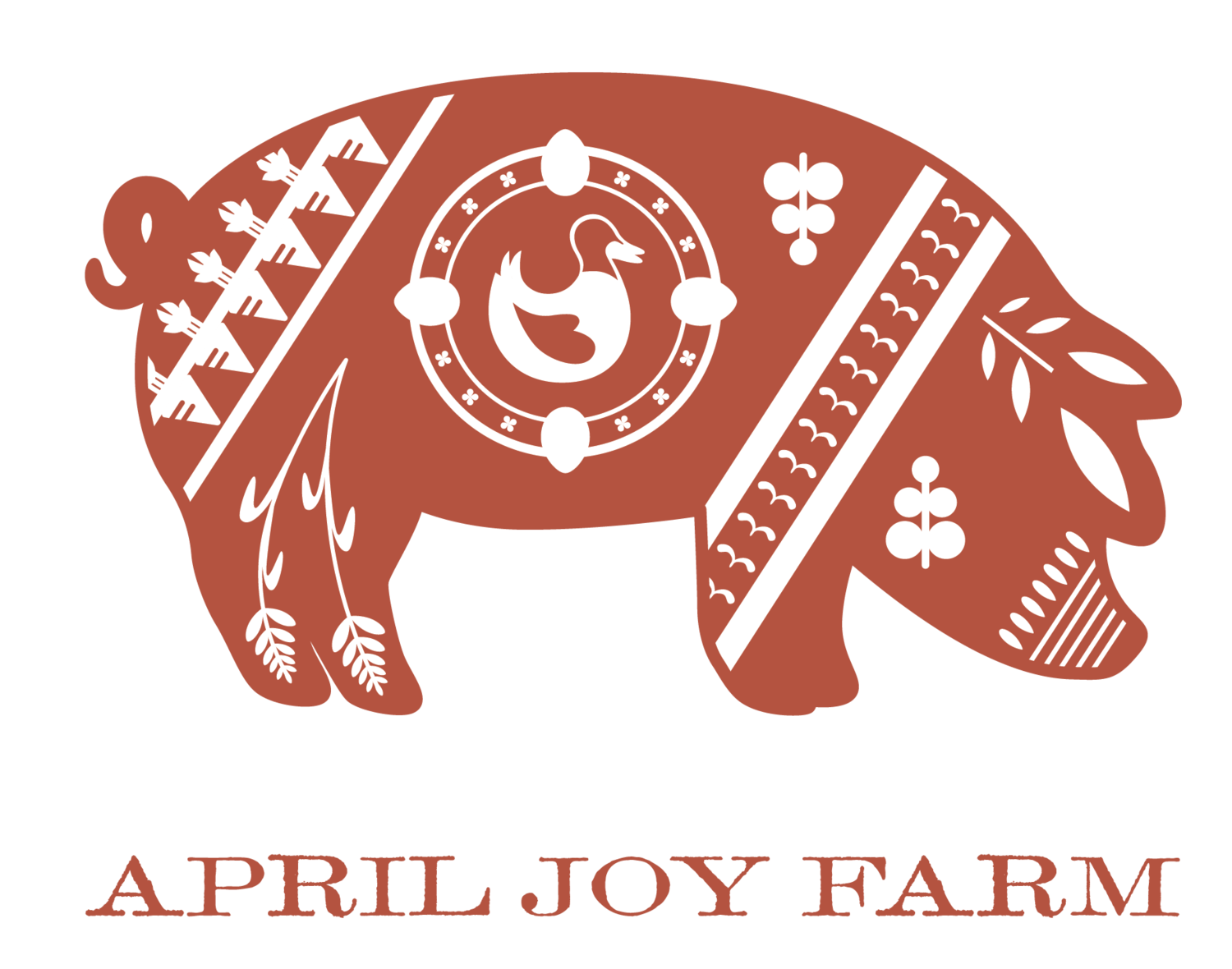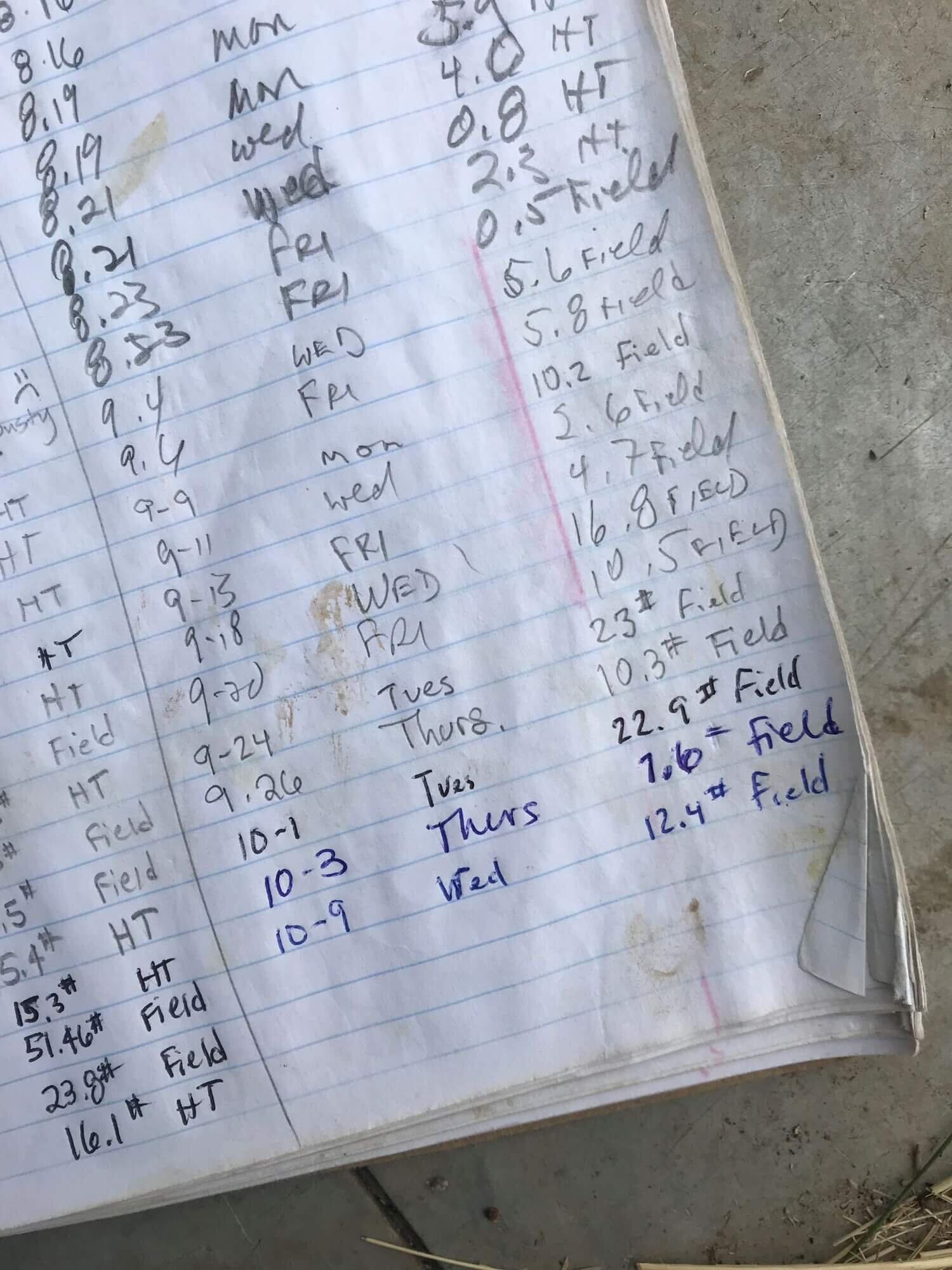How to Update Your Soil Health Roadmap (SHR)
Record keeping and updating your Soil Health Roadmap (SHR) is an essential part of maintaining your farm’s soil health. Learn some tips on how to keep good records and update your SHR.
After you’ve created your Soil Health Roadmap (SHR), the next thing to decide is when and how you plan to revise it. Your SHR is a living document- one that is only valuable to you if it accurately reflects your current thinking and practices.
Updating your SHR can be broken down into a few discrete tasks.
From my experience, it’s ideal to complete these steps as soon as you finish compiling your SHR. That way you can seamlessly integrate your SHR revisions into your annual work plan so it becomes second nature.
Task 1 - Get Organized
Decide what/how you’re going to manage all the data and results of your SHR.
I keep all my records in a physical binder with tabs for each section of my roadmap, including appendices. You can create an electronic binder, if it’s easier for you. The most important thing is to identify one central place everything related to your SHR lives-- including:
field photos
all the pieces of your Nutrient and Field Management Plan, etc.
Although not ideal, even a cardboard box is better than having your records spread out in various places that are not easily accessible.
Task 2 - Are you moving closer to your goal of improved soil health?
Decide when to re-evaluate or test the different soil health indicators that together form the basis of your Comprehensive Soil Health Assessment. This task is important!
You need to integrate a feedback loop into your process. Feedback loops don’t happen all at the same time. You may need to schedule time to test PAN (plant available nitrogen) in your cover crop in mid-spring, evaluate weed types and pressure quarterly, and/or sample plant tissues for analysis at a certain point in the growing season. You’ll also need to schedule time for soil sample testing- ideally at the same time of year as you performed your baseline testing. Add the appropriate reminders to your task list, annual work schedule, or calendar.
Schedule these reminders now so you don’t have to rely on memory.
Task 3 - The Power of Record Keeping
Record keeping improves your soil health.
It may not seem immediately correlated, but there’s a direct link between what you know and what actions you take. The SHR is a tool to help you leverage knowledge to create more positive outcomes.
It’s entirely acceptable to have “improved record keeping” as one of your Nutrient and Field Management (NFMP) recommendations. Start right where you are - not where you think you “should” be. Avoid the pros and cons list and investigate why you think you should be doing something.
Instead, examine your current record keeping practices.
When creating your SHR, was there a particular section that you wished you had better historical information about? If so, when is the best time to capture that information and what is the easiest way to capture it? Make a commitment now to improve on one aspect of your record keeping process.
We often don’t do a good job setting ourselves up for success, so keep it as simple as possible, and make it easy.
Easy can even mean using pen and paper. Though there are many wonderful tech tools to make record keeping more accessible, the last thing I want to do every day is have more screen time. I’ve found using online record keeping tools a major barrier to recording important things!
Four years ago, I started keeping all my crop records in physical binder. It’s easily transportable to the fields, accessible to everyone who needs to see it, and allows me to easily cross-reference information.
The farm binder sits on my kitchen table right next to a mug full of colorful pens. Keeping the binder on the table acts as an inviting, visual reminder to record my progress. Right before I sit down to supper, I easily record what needs recording.
Make record keeping so easy it’s impossible not to do it.
Task 4 - Keep ideal practices front and center
Part of implementing your plan, in my mind, is identifying which recommendations you’d like to implement but aren’t able to right away because you don’t have enough resources (funding) to do so.
Earmark these items and post them where you’ll see them frequently.
As opportunities present themselves, you’ll know exactly what to do when funds become available.
By keeping these goals front and center, you're also likely to mention them when you give farm walks, talk to technical advisors or network. Keep sharing your vision with others, because you never know who might be able to help you manifest it!
Task 5 - Keep on Dancing
Make a commitment to update your SHR in its entirety and decide when is the right time. I recommend a span of 2-4 years, but choose a timeframe that feels meaningful to you.
Now you can get to work implementing your plan!
I always remind myself that every management decision I implement in the name of soil health is a conversation.
I try something, nature responds.
My practice is literally to practice becoming a more astute, aware, and tuned-in listener. Half of implementing an action is the physical doing. The other half is receiving and learning from the experience.
Donella (Dana) Meadows was a biophysicist and economist who wrote a syndicated column called, “The Global Citizen” that connected world events with system dynamics. Her book, Thinking in Systems, helped solidify my beliefs about creating a system of soil health management. I keep a copy of her Dancing with Systems 14-point list posted in my farm office for inspiration and motivation.
As you embark on your own SHR journey, I can think of no better gift than Dana’s checklist.
May it serve you well!
Dancing With Systems by Donella Meadows.
The Dance
Get the beat.
Listen to the wisdom of the system.
Expose your mental models to the open air.
Stay humble. Stay a learner.
Honor and protect information.
Locate responsibility in the system.
Make feedback policies for feedback systems.
Pay attention to what is important, not just what is quantifiable.
Go for the good of the whole.
Expand time horizons.
Expand thought horizons.
Expand the boundary of caring.
Celebrate complexity.
Hold fast to the goal of goodness.
As of January 2021, the infographic below is the latest version of the Soil Health Roadmap.
The Roadmap structure continues to evolve based on additional farmer input. To support this work, April Joy Farm is currently applying for additional grant funding to help a cohort of diversified producers create their own personalized SHRs.
Sign up here to be notified about this project.
Download a copy of this infographic.


